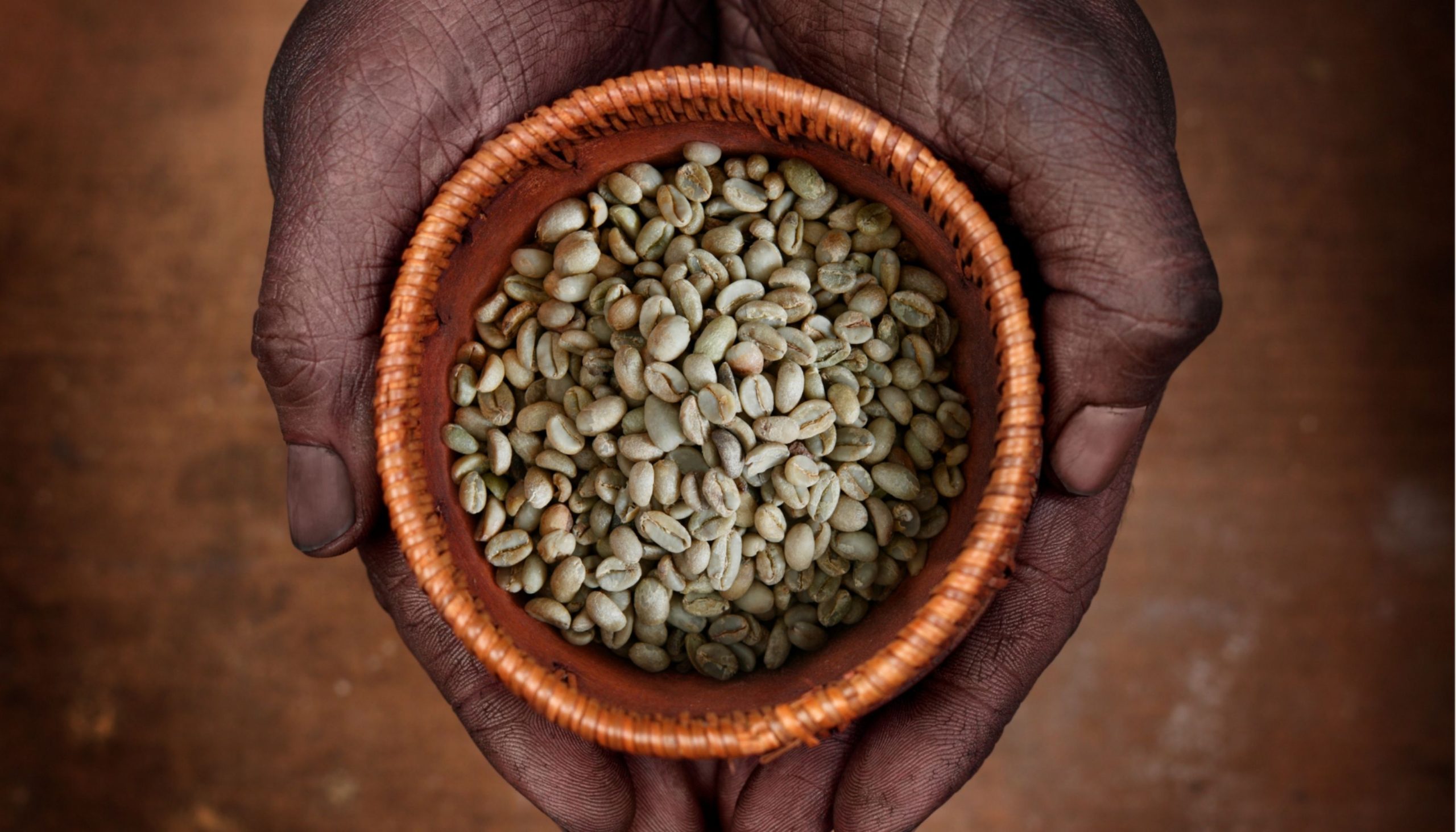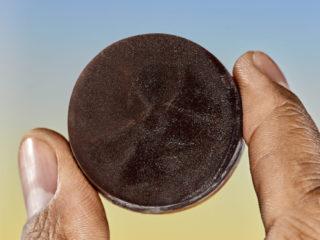The Inside Guide to the Ethiopian Coffee Industry
Ethiopian Coffee: In the 9th century, a goat herder named Kaldi from Kaffa, Ethiopia, discovered that his goats were eating cherries that gave them incredible energy. He brought the cherries to the local monks to ask them why his goats were more active than usual.
[Sassy_Social_Share]When the monks saw the cherries, they threw them into the fire, fearing that it may have some evil magic. But the cherries began to burn and the aroma was so enticing that the monks decided to remove them from the fire, grind them, and put them into a container of water.
A millennia later, a cup of joe can be enjoyed anywhere in the world from your local barista, and Ethiopia is still regarded to be the birthplace of arabica coffee. Today, Ethiopia is the world’s seventh-largest coffee producer, with approximately 400,000 hectares dedicated to its cultivation. A combination of diverse genetic varieties and natural growing conditions have given rise to some of the best coffees on the market.
The Ethiopian Coffee Culture

Unlike many other African countries where the price of coffee is expensive and adopted into the culture for locals to drink, coffee is a huge part of the Ethiopian culture even to this day.
Drinking coffee is ceremonial and is seen as an important aspect of social connection. A ceremony can last for up to two to three hours and is common in families. Even children participate in serving coffee to the elders.
Coffee is roasted in a pan and grounded by hand using a tool similar to a mortar and a pestle. It is brewed in a traditional piece of pottery by boiling over an open fire. The coffee is poured out slowly to stop grounds from entering the final cup. It’s served with popcorn, sprinkled with salt and sugar, and always accompanied by the burning of incense.
Coffee is so heralded that banks, companies, and even football teams use, “buna,” as part of their name (which means coffee in Amharic), and over 400 coffee exporters are eagerly staking their livelihoods on exporting this green gold.
But despite its deep-rooted history and being known as the mecca for coffee, buying coffee from Ethiopia is not always easy.
The coffee industry in Ethiopia is riddled with challenges, although having immense potential to become the largest coffee producer in the world.
The Two Types of Coffee Exporters
For starters, the country suffers from a foreign currency shortage. This creates two types of coffee exporters. The first type are coffee connoisseurs who know the ins and outs of the beans.
They live and breathe coffee and dream of making a positive impact on the community.
Then there is the second type of coffee exporters who buy coffee for incredibly low prices from farmers and sell them at a low price-sometimes even at a loss. All this because it generates foreign exchange which allows them to fund their real business (often importing clothes, cars, or other consumer goods).
There is also a lack of international best practices. Many coffee exporters don’t have working emails or even a website. Worst of all is that some unethical coffee exporters will send samples of coffee that are not the same as the container they then sell to the buyer.
Of course, there are many great suppliers out there, but finding them can be a challenge for a buyer. And in the end, because coffee importers are so afraid of getting screwed over, they end up going to multinational companies instead of directly to on-the-ground coffee brands.
Lack of Network for Ethiopian Coffee exporters
Even for honest, ethical exporters who want to meet buyers, there is still a tremendous challenge in establishing a network. For example, the Specialty Coffee Expo in New Orleans is taking place next month and over 100 coffee exporters in Ethiopia are eager to go. Especially after last year’s event being canceled due to COVID-19 and a crisis with Brazil coffee, now more than ever, Ethiopian coffee traders need to meet buyers and have the opportunity to do so.
However, these exporters are unable to get visas in time from the US Embassy in Addis Ababa due to a mix of COVID-19 delays and political power moves, making it almost entirely impossible for them to attend this critical networking event.
Political Problems
The last and perhaps most pressing challenge for Ethiopian coffee exporters is that the country is currently on the verge of civil war and one of the main roads to many of the coffee farmers is closed.
“I might have to cancel my contracts,” is what one coffee supplier said due to being unable to make access to farmers.
The problem with Brazil is making coffee prices rise which means that even those who have coffee in Ethiopia are holding it in hopes of selling it for an even higher price.
The Good News for the Ethiopian Coffee industry
Despite all of this, some great things are happening in the Ethiopian coffee industry.
For starters, the manager of the Ethiopian Coffee Exporter Association has great ambitions to better market Ethiopian coffee to the world and hopes to someday have offices abroad that can welcome buyers and make connecting easier.
Every year, Ethiopia produces more than 200,000 metric tonnes of coffee, with the majority of production stemming from three regions: Harrar, Ghimbi, and Sidamo. Yirgacheffe, a town located in Sidamo, is known to produce some of the best coffees in the world.
It’s estimated that there are between six and ten thousand coffee varieties in Ethiopia.
Typically, natural-processed coffees from Ethiopia have deeper, sweeter, and more robust berry tones. Compared to the complex, bright berry notes of washed, they tend to have a delicate, perfume-like fragrance with refined floral and citrus notes.
Secondly, some great brands work directly with coffee farmers and buy from them giving them up to 90% of the profit. They work specifically with a range of farmers, even those who have Organic certification.
Except for a few government-run estates, almost all Ethiopian coffee is grown on smallholder farms, generally in the shade, at high altitudes, and without the use of agricultural chemicals. This is in contrast to coffee grown elsewhere in the world, in which farmers often have to plant specific types of coffee and create the perfect conditions accordingly.
Third, more value-added coffee brands in Ethiopia are creating an even bigger impact. Traditionally, most companies prefer green coffee partly due to its longer shelf life. That’s why there is more Ethiopian coffee in the US than what was sold from Ethiopia because much of it goes to Europe first where it is then roasted and then shipped to the US.
However, many great roasters in Ethiopia have European machines and can beat the prices of international roasters. This also is great for environmentally-minded consumers because it means coffee can ship directly to the end location.
What Can You Do?
Buying coffee from Ethiopia not only gives you an incredible taste, it also directly contributes to the livelihoods of millions.
If you are a consumer, buy coffee that was grown in Ethiopia, and ask your favorite cafes and stores to begin sourcing roasted coffee from one of Ethiopia’s rising local brands.
For buyers who want to connect with trusted Ethiopian coffee companies, check out CRDLE, a new platform aimed at helping increase trade in Africa by 1% by making it easy to connect to great farmers and coffee suppliers.
This is a guest article by Valerie Bowden, Co-Founder and CEO of CRDLE
About Valerie:
After backpacking Cape Town to Cairo solo, Valerie relocated from the United States to Ethiopia. She has helped some of the most recognizable brands in the world do business and investment in Africa.
About CRDLE:
CRDLE is a technology company with innovators who believe Africa can do better than its 2% market share of the world’s trade. We know that if trade increased by just 1%, the continent would earn an additional USD 70 billion annually – three times more than the aid it receives. It would also lift 100 million+ people out of poverty.
That’s why we geek out about all the incredible brands growing in Africa. Because they’re making a sustainable impact in their community, and we know that the world wants and needs what they have to offer.

About CoffeeCode
CoffeeCode is the UK’s fastest growing and most exciting coffee blog, and has a focus on great coffee, inspirational design and sustainability.
We always do our best to attribute photos, videos and quotes and information to their original sources. Please contact us if an attribution or content is missing or incorrect.




